Advancements in Sensor Technology
The 3D Mobile Mapping Market is significantly influenced by advancements in sensor technology. Innovations in LiDAR, cameras, and GPS systems have enhanced the accuracy and efficiency of mobile mapping solutions. These technological improvements allow for the capture of high-quality 3D data in various environments, including urban and remote areas. As sensor technology continues to evolve, the capabilities of 3D mobile mapping systems are expected to expand, making them more accessible and effective for a wider range of applications. This trend suggests that the market will likely see increased adoption as organizations seek to leverage the latest advancements to improve their mapping processes and outcomes.
Enhanced Safety and Risk Management
Safety and risk management are critical considerations in various industries, and the 3D Mobile Mapping Market plays a vital role in addressing these concerns. By providing detailed and accurate spatial data, 3D mobile mapping technologies enable organizations to identify potential hazards and assess risks more effectively. This capability is particularly important in sectors such as construction, mining, and emergency response, where safety is paramount. The integration of 3D mapping solutions into safety protocols can lead to improved compliance with regulations and reduced accident rates. As organizations prioritize safety and risk mitigation, the demand for 3D mobile mapping solutions is expected to rise, indicating a promising trajectory for the market.
Growing Demand for Accurate Data Collection
The 3D Mobile Mapping Market is experiencing a surge in demand for precise data collection methods. Industries such as construction, urban planning, and transportation require accurate geographical data to enhance project efficiency and decision-making. The ability to capture high-resolution 3D data in real-time allows for better analysis and visualization, which is crucial for effective planning and execution. As organizations increasingly recognize the value of accurate data, the market is projected to grow significantly, with estimates suggesting a compound annual growth rate of over 15% in the coming years. This trend indicates a robust future for the 3D Mobile Mapping Market, as more sectors seek to leverage advanced mapping technologies to improve operational outcomes.
Rising Investments in Infrastructure Development
The 3D Mobile Mapping Market is poised for growth due to rising investments in infrastructure development across various regions. Governments and private entities are allocating substantial budgets for the construction and enhancement of transportation networks, urban facilities, and public utilities. This investment trend is likely to drive the demand for 3D mobile mapping solutions, as these technologies provide essential data for planning, monitoring, and managing infrastructure projects. The market is expected to benefit from the increasing need for efficient project management and the reduction of costs associated with traditional surveying methods. As infrastructure projects become more complex, the reliance on advanced mapping technologies will likely intensify, further propelling the 3D Mobile Mapping Market.
Growing Environmental Awareness and Sustainability Initiatives
The 3D Mobile Mapping Market is increasingly aligned with growing environmental awareness and sustainability initiatives. As organizations strive to minimize their ecological footprint, the demand for efficient mapping solutions that support sustainable practices is on the rise. 3D mobile mapping technologies facilitate better land use planning, resource management, and environmental monitoring, enabling organizations to make informed decisions that align with sustainability goals. This trend is particularly relevant in sectors such as forestry, agriculture, and urban development, where environmental considerations are paramount. The market is likely to benefit from the increasing emphasis on sustainability, as more organizations adopt 3D mobile mapping solutions to enhance their environmental stewardship.


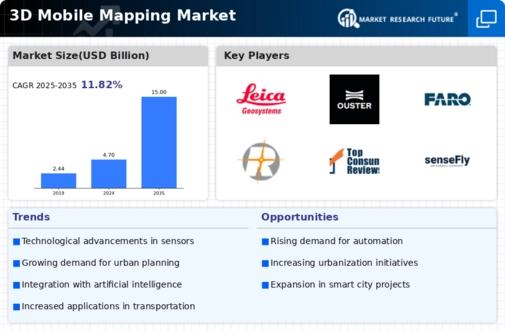
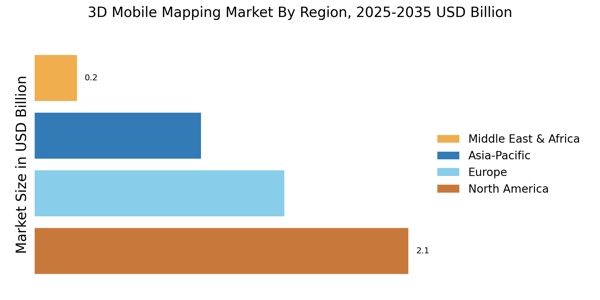
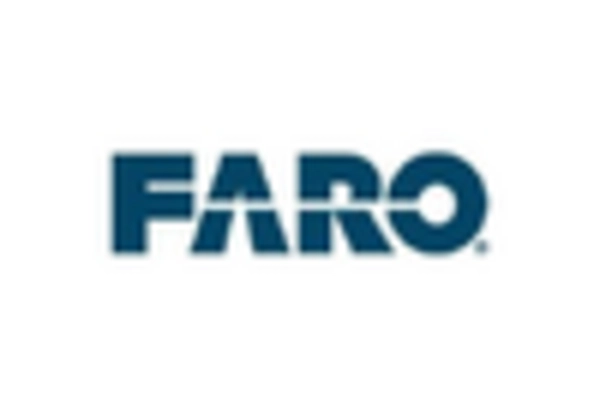

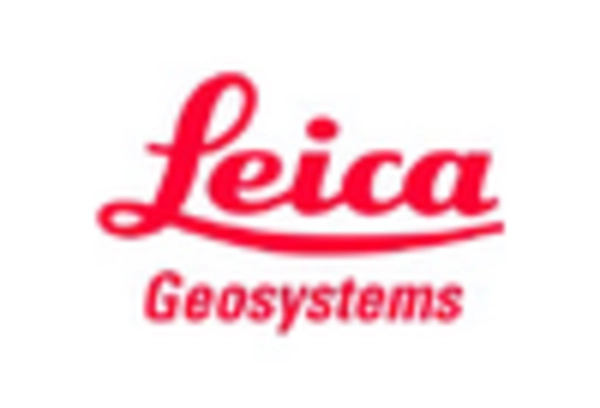
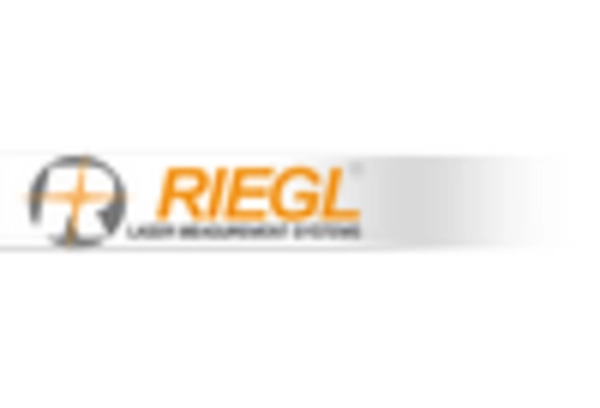










Leave a Comment